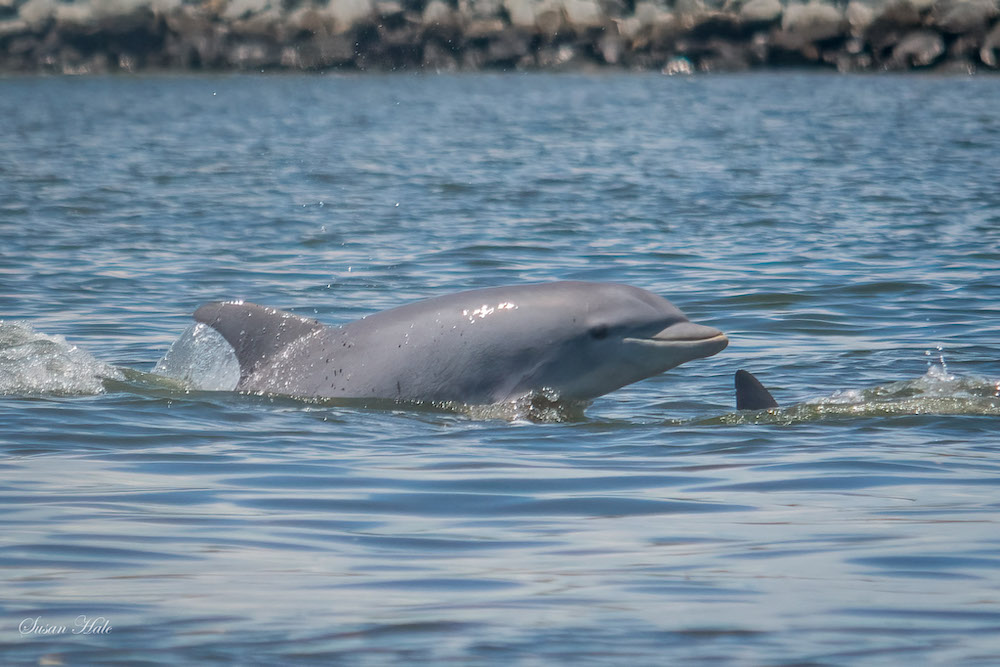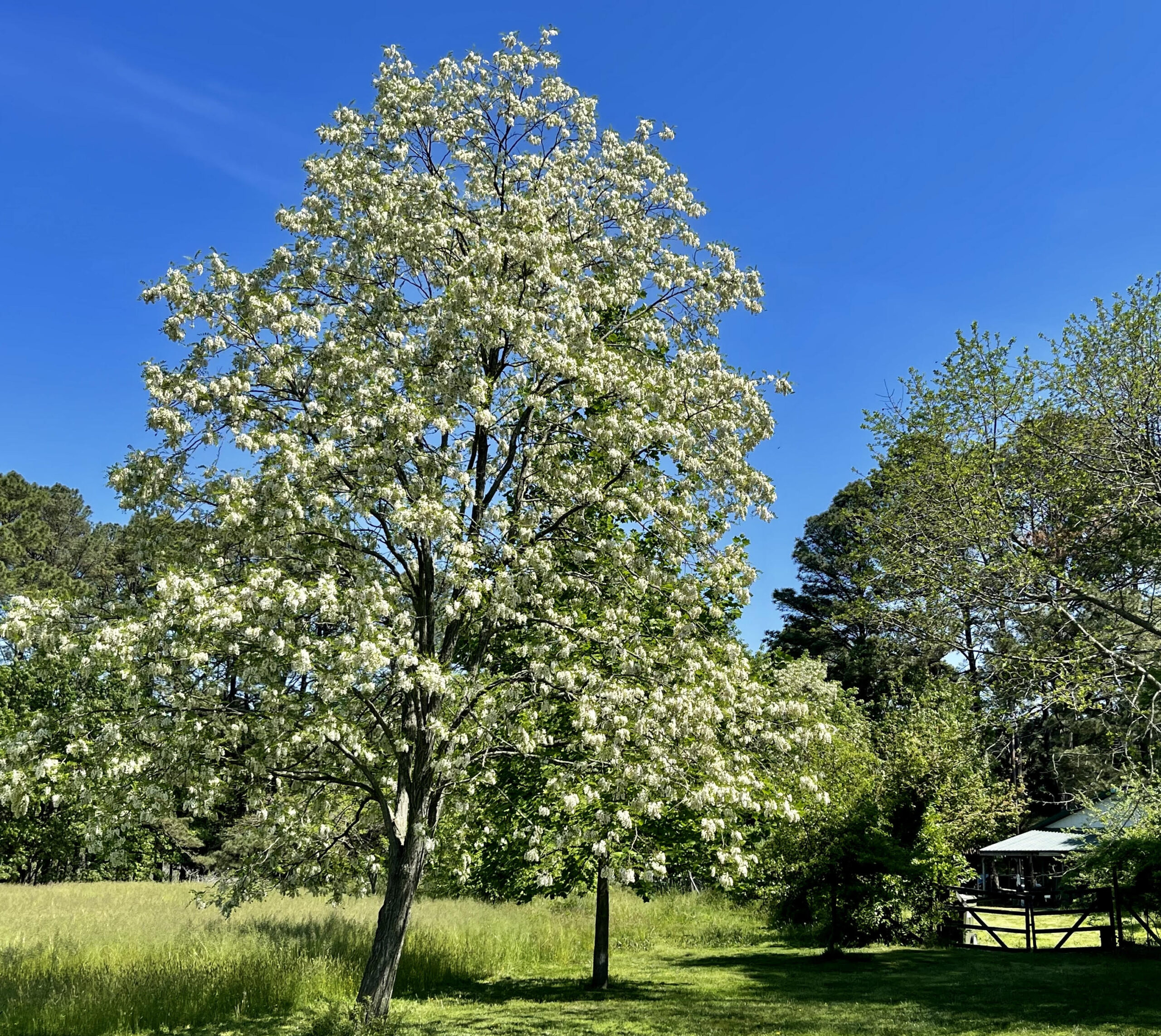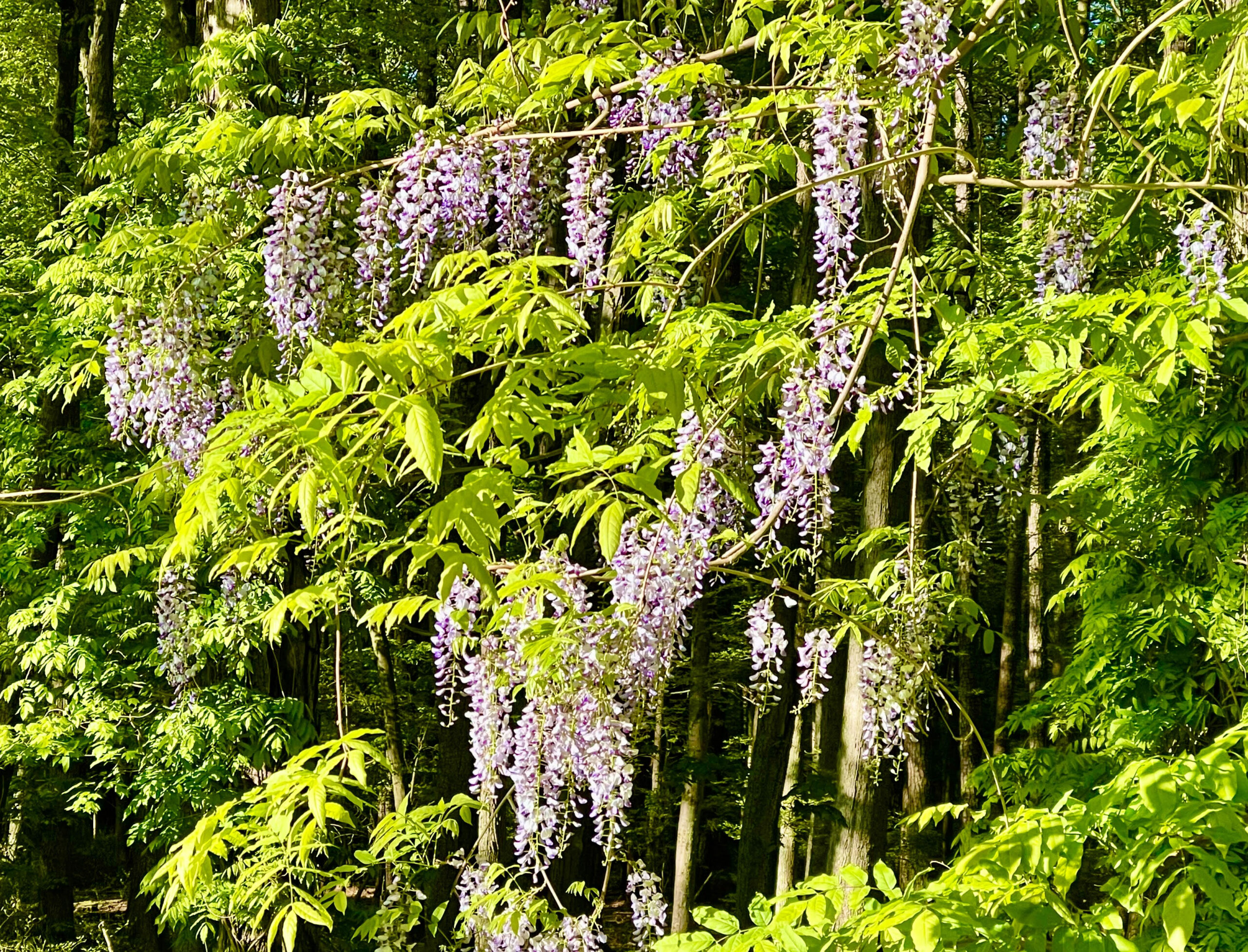For the last few years, the nuclear energy industry has stood on the precipice of the Maryland energy policy debate, waiting for its close-up.
Industry leaders and their lobbyists have repeatedly talked about how important nuclear is to the state’s power portfolio. They have implied, without saying so outright, that nuclear, which accounts for 40% of the energy generated in the state, and 80% of its carbon-free energy, ought to get greater recognition from Maryland policymakers — along with state subsidies.
On Thursday, the head of the industry’s national trade association, the Nuclear Energy Institute, got more than an hour in the House Economic Matters Committee to boast about nuclear’s potential, as state lawmakers wrestle with an energy shortage, spiking prices, clean energy goals and climate mandates.
“The value of nuclear is you get all of this very reliable, clean power,” Maria Korsnick, the NEI CEO, testified. She later told lawmakers, “The point of my being here is to be helpful to you.”
The Calvert Cliffs nuclear plant in Southern Maryland has been a workhorse for five decades and is likely to be relicensed for several more decades sometime in the 2030s. But scientists and engineers are also developing more compact nuclear technologies that don’t require so much space and water to operate, which are often called small modular reactors (SMR).
A package of bills from legislative leaders designed to generate more energy in Maryland and reduce ratepayer costs, includes giving nuclear energy “tier 1” status, making it eligible for certain state clean energy subsidies. But House Economic Matters Chair C.T. Wilson (D-Charles), an architect of the just-introduced measures, said he invited NEI to speak to his committee not to hype nuclear power, but to inject a dose of reality, because the newer technologies still won’t be ready for several years.
“It’s a reminder to people it’s not a magic word,” Wilson said in an interview. “It’s got to be planned. It’s much more challenging than saying the word ‘SMR.’ It wasn’t to sell it.”
The nuclear briefing was part of a long day of hearings in the Economic Matters Committee on hot energy topics. The panel also heard testimony on legislation that would scale back a controversial natural gas infrastructure program, and on a massive bill to promote the generation of clean energy in Maryland.
In a way, it was a microcosm of the energy debates that will dominate the rest of the General Assembly session in a single afternoon.
A range of Maryland policymakers believe nuclear needs to become a bigger part of the state’s clean energy portfolio, especially as other technologies like solar and wind struggle to fully realize their potential.
“Nuclear has the opportunity to play — or to be — part of the solutions, like never before,” Korsnick told Economic Matters Committee members Thursday.
She laid out some of the new technologies that are being developed, answered questions about nuclear plant safety and security, the disposition of nuclear waste, the nuclear workforce, and steps states are taking to incentivize nuclear energy. Korsnick did not come with a specific ask of lawmakers, but did say that states and local communities are increasingly embracing nuclear power, where once they feared and shunned it.
“When I say nuclear is going to be thriving, it’s not because we’re pushing for it, it’s because people are pulling for it,” she said.
Boosting nuclear energy is part of the bill that the committee heard later in the day, the Abundant Affordable Clean Energy – Procurement and Development Act, sponsored by Del. Lorig Charkoudian (D-Montgomery). That bill would ease state regulatory hurdles for relicensing the Calvert Cliffs plant in the 2030’s (though the federal government takes the lead in that process).
Charkoudian’s bill also seeks to boost battery storage in the state, taking energy generated during off-peak hours and holding it in reserve for when there’s greater consumer demand. It would also ensure that whatever electric power is generated from offshore wind in federal waters off the coast of Ocean City remains in Maryland, and it would seek to dedicate a greater portion of state energy taxes assessed on data centers to more relief for utility ratepayers.
Charkoudian conceded the complexity of her legislation, and said tweaks and amendments are still being made.
“When you have a hundred different agencies and stakeholders and people working on a bill, it’s never going to be perfect,” she said.
But most of the individuals who testified on the bill were generally supportive, though Frederick Hoover, chair of the Maryland Public Service Commission, which regulates utilities, warned it could lead to more battles over where to site clean energy installations in the state.
Ambitious as Charkoudian’s bill is, it may be subsumed by the forthcoming debate over the House and Senate leaders’ legislative package on energy, and Thursday’s hearing on the bill was remarkably speedy, all things considered.
In fact, the hearing about the other bill on the committee’s docket, to place limitations on the state’s STRIDE program to repair and improve natural gas infrastructure, was far lengthier and more contentious. The bill, from Del. Elizabeth Embry (D-Baltimore City), would require gas companies to focus on safety when making upgrades to gas pipelines and other infrastructure.
The STRIDE law, which took effect in 2013, provides incentives to gas utilities to make a range of infrastructure improvements, which are paid for with fees on ratepayers’ gas bills. But with utility bills rising, critics of STRIDE have argued that gas companies are pushing forward on infrastructure work that may not be necessary, adding needless costs to consumers’ bills — especially as the state looks to move away from fossil fuels.
“Utilities generate higher profits by spending extra money with the government’s approval,” said David Lapp, who heads the Maryland Office of People’s Counsel, which represents consumers’ interests on utility matters.
Proponents of the legislation said it would emphasize community safety while saving ratepayers money.
“This bill does not repeal STRIDE,” Embry told her colleagues Thursday. “It’s a modest bill. It makes modest changes to the current law.”
But gas companies — and some Republicans on the committee — made the opposite argument, and the Republicans also suggested that Embry’s bill, as the state pushes to meet strict climate mandates, is secretly designed to kill off the natural gas industry.
Mark Case, a vice president at Baltimore Gas & Electric, warned that limiting the program — and the surcharges — could hinder the gas companies’ ability to replace aging industry that could pose a danger to communities. He said that since the inception of STRIDE, the company has typically replaced about 42 miles of pipe a year.
“These are not 5-year-old pipes where we’re going in and saying, ‘let’s go replace them.’”
Washington Gas lobbyists came with Cynthia Quarterman, who was the administrator of the federal Pipeline and Hazardous Materials Safety Administration under former President Barack Obama. She said Maryland must “stay the course [with STRIDE] to catch up to other states” and that upgrading gas pipelines is “of the utmost importance.”
But Laurel Peltier, who assists low-income ratepayers through her work for AARP, told Maryland Matters that the STRIDE program has become perverted.
“The issue with gas delivery and STRIDE overall is, ratepayers have become ATMs and gas utilities have their PINs,” she said.
By Josh Kurtz











